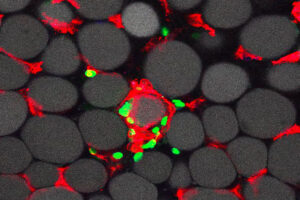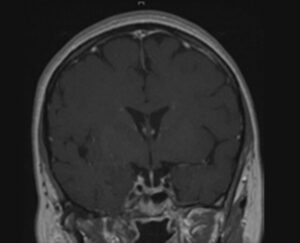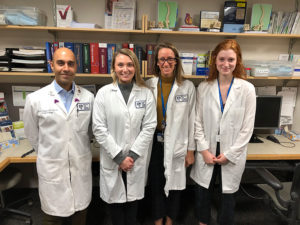SGLT2 Inhibitors Have Similar Benefits to GLP-1 Receptor Agonists for Myocardial Infarction or Stroke but Greater Benefits for Hospitalization for Heart Failure in Patients with Type 2 Diabetes

Practice guidelines recommend considering sodium–glucose cotransporter-2 (SGLT2) inhibitors or glucagon-like peptide-1 receptor agonists (GLP-1 RAs) for patients who have both diabetes and atherosclerotic cardiovascular disease (CVD). The choice between the drug classes is left to the physician, except that SGLT2 inhibitors are advised for patients with a history of heart failure.

 Obesity is linked to an increased risk of many diseases, but much remains unknown about the molecular mechanisms underlying this connection. In a new study from Brigham and Women’s Hospital and Harvard Medical School, investigators have found an unexpected role for cholesterol and its effects on the immune system in driving some of these obesity-linked diseases — in particular, with conditions characterized by autoimmunity.
Obesity is linked to an increased risk of many diseases, but much remains unknown about the molecular mechanisms underlying this connection. In a new study from Brigham and Women’s Hospital and Harvard Medical School, investigators have found an unexpected role for cholesterol and its effects on the immune system in driving some of these obesity-linked diseases — in particular, with conditions characterized by autoimmunity. Does rheumatoid arthritis (RA) raise the risk of developing type 2 diabetes mellitus (DM)? Previous epidemiologic studies have drawn varying conclusions. Now, a large population-based cohort study bolsters the case that RA in fact is not associated with a heightened risk.
Does rheumatoid arthritis (RA) raise the risk of developing type 2 diabetes mellitus (DM)? Previous epidemiologic studies have drawn varying conclusions. Now, a large population-based cohort study bolsters the case that RA in fact is not associated with a heightened risk.




